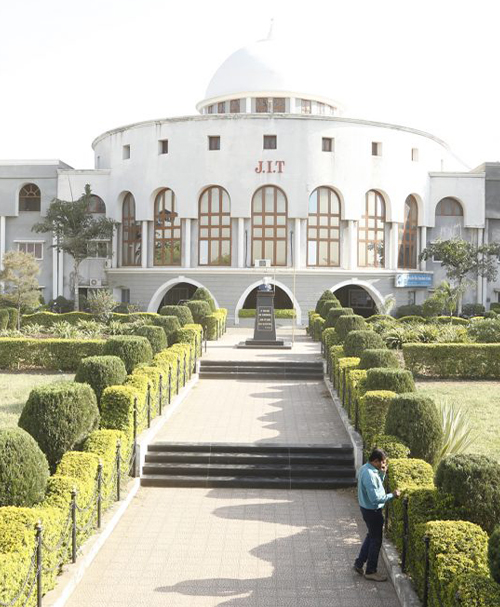| 1.1 |
Outcome-based Curriculum |
Curriculum framework is aligned with Program Outcomes (POs), Program Specific Outcomes (PSOs), and Course Outcomes (COs). |
View |
| 1.2 |
Stakeholder Participation |
Participation of students, teachers, employers, alumni, entrepreneurs in curriculum design. |
View |
| 1.3 |
Curriculum Flexibility |
Academic flexibility reflected through components such as MEME, ABC, Electives/Optional/Dual Degree/Twinning Programmes, education in mother tongue, creditization of EC & CC engagements, and inter-institution credit transfer. |
View |
| 1.4 |
Practical and Industry Focus |
Percentage of courses emphasizing field projects, research projects, internships, fieldwork, and practical hands-on training. |
View |
| 1.5 |
Practical/Skill Orientation |
Percentage of skill-oriented courses aligned with NSQF; inclusion of skill-focused components in curriculum design in the last three years. |
View |
| 1.6 |
Online and Blended Learning |
Percentage of online courses through SWAYAM and other recognized platforms credited in the curriculum during the last three years. |
View |
| 1.7 |
Curriculum Revision |
Frequency of curriculum revision (programs and courses) in the last three years. |
View |
| 1.8 |
Indian Knowledge System (IKS) |
Promotion of IKS through curriculum integration, including: (1) Certificate Courses/Workshops/Seminars on IKS, (2) Components of IKS in core curriculum, (3) Student projects and research on IKS. |
View |


